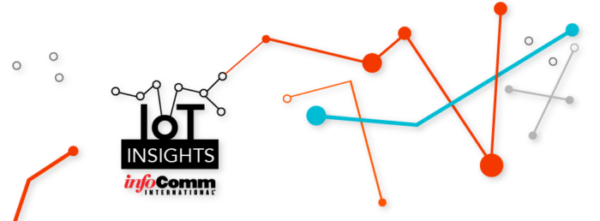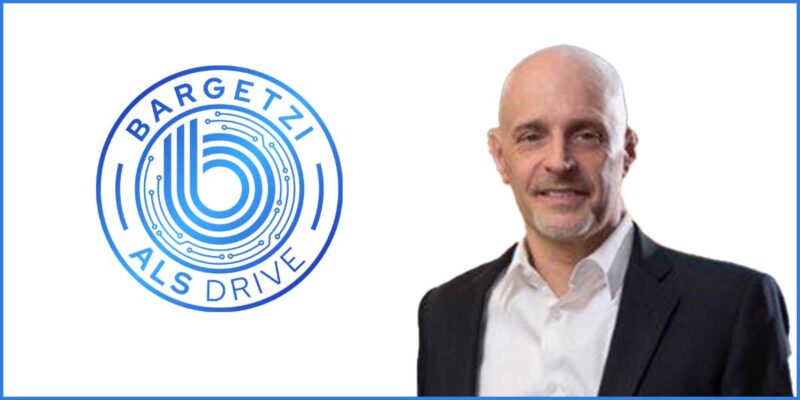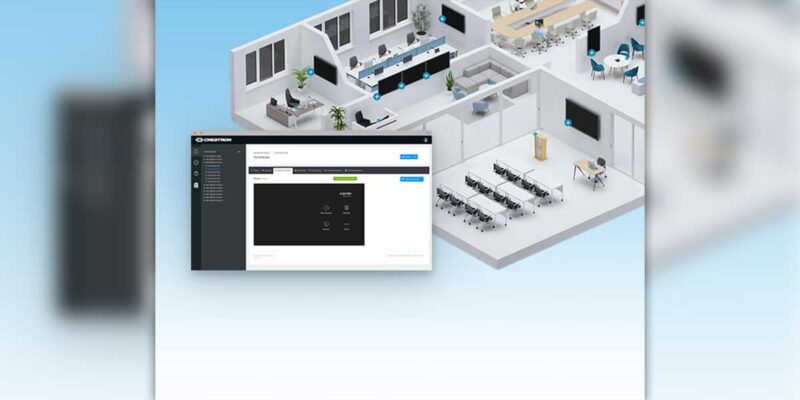Innovative AV Integration Solutions Models: Part 1 – IoT in Control and Automation

Gamechanging – when one refers to the term, mistakenly in most instances, they are referring many times to a product (or “the box”) rather than a solution. I had such an instance in a meeting with representatives of a major industry company who were telling me about all the great capabilities of their new corporate collaboration box (their words) where after the demonstration was over one of the first questions I asked was “have you considered calling it an enterprise solution instead of a box with all of these capabilities?” I truly wondered if a light bulb turned on at that moment.
Industry realms such as UCC and digital signage have continued to evolve in the solutions discussion with cloud and software, thus continuing to change the AV industry “game.” Now we look at the Internet of Things and ask is the AV game ready to be changed by IoT? Where the product vs. solution discussion is concerned, we are certainly seeing evidence of this now in the realm of control and automation, in short turning what’s initially been perceived as industry buzz into a true pathway for the technology discussion.
Watch this video with Crestron CTO Fred Bargetzi at InfoComm 2015 speaking about the Opportunities of IoT, and how connecting, managing, and personalizing network solutions help to embrace technology and push a business forward, as well as understanding how CIO’s and CTO’s talk and selling “solutions.”
The Internet of Things (IoT) has been defined as a global infrastructure for the information society, enabling advanced services by interconnecting (physical and virtual) things based on existing and evolving interoperable information and communication technologies. * InfoComm International in a February IoT whitepaper stated that The Internet of Things (IoT) is a buzz phrase in a variety of industries, but the concept it describes — the networked connection of devices and sensors for monitoring and control — has been part of professional AV for the better part of two decades. **
The true industry discussion of IoT began at the InfoComm 2015 keynote, in which executives from Crestron, HARMAN, Samsung and Cisco participated in the discussion. Crestron for a number of years has been the major industry ground-breaker and influencer here, however, what has since followed has shown that the industry does currently have its finger on the pulse of AV and IoT, in control and automation especially.
Crestron – the industry trendsetter
What Crestron has brought to the industry to date has become well-known, tried and true in the residential integration market with Pyng (launched at CEDIA 2014), and now in the commercial space with Fusion Cloud Platform and PinPoint integration, introduced at ISE 2016. The Fusion Cloud Platform provides capabilities such as global device management, advanced scheduling, centralized help desk and support, broadcast messaging and more. Fusion Cloud can also generate usage and analytic reports on all meeting spaces and the technology in them.
PinPoint is labeled by Crestron as the first productivity app for knowledge workers, giving one the ability to work faster, smarter, and more efficiently. The PinPoint Proximity Detection Beacon works with the PinPoint app to enable a smart device to know what room it’s in so the controls for that room are automatically displayed.

Crestron PinPoint app
Here Crestron Introduces Fusion Cloud with PinPoint Proximity Detection Beacon at ISE 2016:
HARMAN “connected” with AMX
For HARMAN International, a global leader in connected car technology, lifestyle audio innovations, design and analytics, cloud services and IoT solutions, their major demonstration came at InfoComm 2016 with their integrated AMX Automation and HARMAN Connected Services. The solution, which integrates IoT technology from HARMAN Connected Services, automation technology from AMX and audio and video technology from HARMAN Professional Solutions, will allow buildings to react seamlessly and intelligently to people within a space—all without user interaction. Kevin Morrison, SVP, Enterprise for HARMAN Professional Solutions stated: “The ability to link HARMAN’s IoT solutions with AMX automation opens up truly powerful possibilities and really shows the potential of where we are headed.”
The solutions from HARMAN Connected Services provide the ability to passively track traffic flows, room occupancies and employee locations in the building. AMX automation solutions will then respond appropriately based upon where people are, updating room schedules, adjusting audio levels and updating digital signage. Morrison went on to explain, “With better data that shows actual traffic patterns, occupancy counts and even identification of specific people within the building, the automation system becomes much more intelligent and responsive.”
 HARMAN Connected Services
HARMAN Connected Services
Kramer Electronics breaking new control ground
Kramer Electronics brought their new cloud control platform to the show, and while most would expect Crestron and HARMAN/AMX to be the ones to continue to dominate the market, Kramer may well have broken real ground of their own here. The Kramer Control platform is made up of three modules: Manager, Builder and Analytics Dashboard, with options for public, private or hybrid cloud implementation. Manager is used for defining project content and scope, e.g., building layout, floors, rooms, etc. The cloud−based Builder lets users create, edit and configure room control systems from anywhere in the world. With access to a dynamic library of pre−installed smart device drivers, users can drag−and−drop any device imaginable without any prior programming knowledge which can save both integrators and end−users significant time and cost.
The Analytics Dashboard (powered by Kramer Network), automatically gathers all control data and generates actionable business analytics including device health and performance, room usage, operational efficiency and energy usage. Smart Units, considered to be the heart of the solution, are powered by innovative software technology called a “Brain,” they provide bi−directional control of any device, the Manager, Builder, and Dashboard with universal I/O ports. Upon installation, Smart Units can automatically connect to the Cloud and seamlessly sync for updates in real time. They also update themselves whenever new updates become available. Users can control Smart Units via a user−friendly, customizable interface on a dedicated Kramer Control touch panel, any 3rd−party tablet, or with a mobile device over the web.

The platform’s combination of software, hardware and cloud, the result of years of research and development, received funding from the prestigious Israel−United States Binational Industrial Research and Development Foundation (BIRD). The BIRD Foundation recognized the platform’s high level of innovation and contribution to the IoT field. According to Aviv Ron, VP Business Development and Strategy at Kramer: “The difference is in the architecture and extensive cloud leveraging, which translates to value for both the user and installer – from the ease of use in the build and admin functions and end−user experience in a room to data capture and analytics reporting.”
In terms of AV and IoT futures, these represent major steps forward for the industry where it looks like AV/IoT could potentially become the next convergence proposition. At InfoComm 2016, I attended the Super Tuesday IoT event and gained some excellent insights from the day’s presenters. In September I’ll be attending the InfoComm IoT Insights conference in New York, an event which looks to put IoT in context for AV professionals, focusing on the potential opportunities in this new space. IoT experts in the industry will explore:
- Why IoT should be of concern to the commercial audiovisual industry
- The impact of digitization
- What AV professionals need to know to prepare for our connected society
I’ll be writing more about IoT after the conference.
Next: Software based solutions
*Source: Internet of Things Global Standards Initiative
** From InfoComm International whitepaper Pro AV and the Internet of Things





